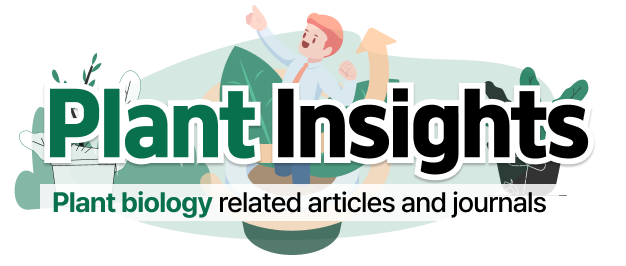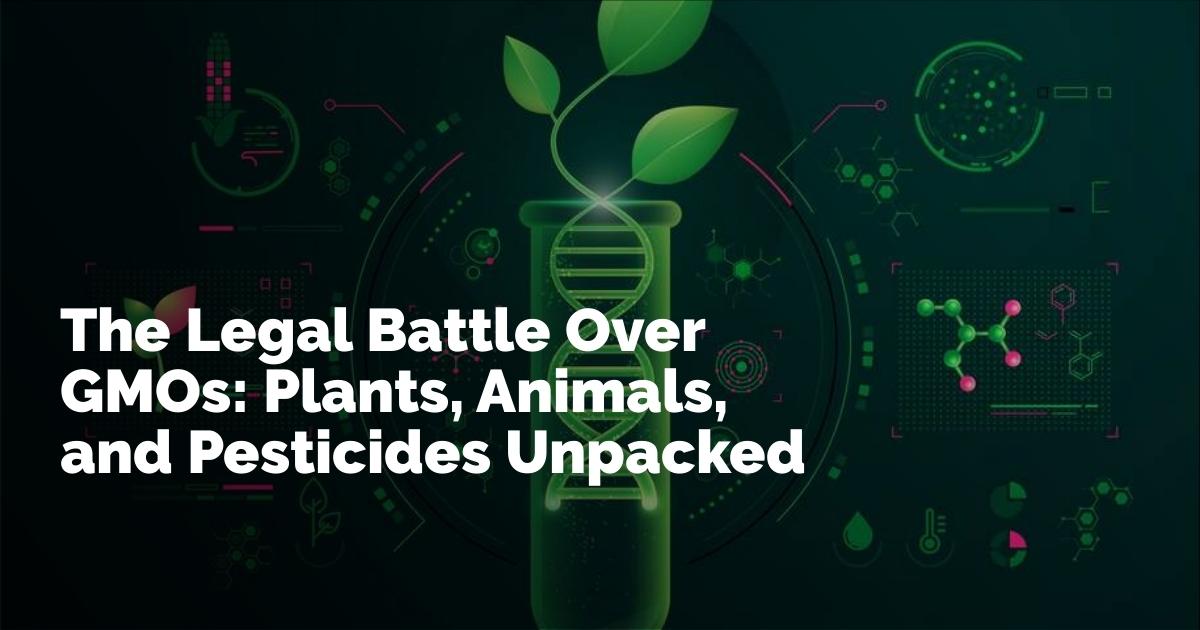GMO Plants and Animals: Debating Their Impact on Agriculture and Society
The advent of genetically modified organisms (GMOs) has ushered in a new era in agriculture, promising increased yields, pest resistance, and climate adaptability. However, the ethical implications and potential health risks associated with GMOs continue to spark controversy. In this blog, we delve into the complexities of GMO technology, examine the court cases surrounding GMO usage, and explore the broader societal and environmental impacts.
Understanding GMO Labels and Their Prevalence
One of the nuances often overlooked by consumers is the presence of GMOs in everyday food products. Packaged food items featuring GMOs carry a "bioengineered" or "derived from bioengineering" label when they contain more than 0.9% GMO content. However, for the uninitiated, decoding these labels can be complex. Products labeled with Price Look Up (PLU) codes offer a further layer of information, where organically grown produce has a five-digit code starting with 9, and conventional produce has a four-digit code. However, GMOs are not always clearly marked, leaving many consumers unaware of their presence.
A Look at Genetically Modified Produce
When examining GMO crops, certain produce stands out due to its widespread genetic modification in the United States. Some of the most common GMO crops include:
- Corn: With over 90% GMO presence, it remains the most extensively cultivated crop in the United States.
- Soybean: Similar to corn, more than 90% of soybeans are genetically modified.
- Cotton, Canola, Sugar Beet: These crops also have high GMO percentages.
- Other notable mentions include papaya, yellow squash, zucchini, Arctic TM apples, BARI Bt Begun eggplants, pink flesh pineapples, and various insect-resistant sugarcane.
GMO Crops and the Challenges of Labeling
Despite concerns surrounding GMO foods, labeling remains inconsistent, with QR codes often employed to provide additional information. For example, grocery shoppers may find it challenging to discern between GMO and non-GMO products if QR codes cannot be easily scanned. This lack of transparency poses potential consumer rights issues, where individuals are unknowingly consuming GMO items due to unclear labeling.
GMO Animals: Salmon and Beyond
The discussion on GMOs extends beyond crops to encompass genetically modified animals. A prime example is GMO salmon, engineered for year-round growth rather than the conventional spring and summer phases. Approved by the FDA in 2015, GMO salmon raises questions over safety, nutrition, and ecological impact. Critics cite concerns over its reduced omega-3 fatty acid content and potential risks if the fish interbreed with wild populations. These salmon are farmed through aquaculture, yet unanswered questions remain about the potential long-term effects of genetic modification in animals.
Emerging GMOs: GalSafe Pigs and Omega-3 Enhanced Animals
GMO innovation has further led to the GalSafe pig, designed without alpha-gal sugar, which can provoke allergic reactions in individuals with alpha-gal syndrome. Similarly, another variety of genetically modified pigs has incorporated genes from spinach to produce more omega-3 fatty acids. Such innovations, while promising in theory, highlight the blurred boundaries between plant and animal genetics, prompting both admiration and apprehension.
When Genetics Meets Bioengineering: The Case of Modified Animals
Bioengineers have taken their skills to the animal kingdom by creating goats that produce lysozyme, an antimicrobial enzyme, in their milk. Moreover, researchers have developed Angus cattle with shorter hair for adaptation to warmer climates. These modifications aim to improve agricultural productivity, though they also generate ethical dilemmas about the extent to which genetic material should be manipulated.
Mexico's Legal Stance on GMO Corn and the US Challenge
Moreover, GMO technology has driven international legal disputes. Mexico's decision to ban GMO corn in corn-based products, including tortillas, has sparked a legal challenge from the United States under the US-Mexico-Canada Free Trade Agreement. While the controversial corn comprises only a small portion of exports, the dispute emphasizes the contentious nature of international agricultural policies. Mexico's triumph over a four-year lawsuit with Monsanto regarding glyphosate and genetically modified corn reflects this tension and upholds the country's health and sovereignty concerns.
The Role of Corporations in Shaping GMO Policies
The United States stands as one of the most ardent supporters of GMO crops, finding allies in companies like Bayer-Monsanto. With decades of close collaboration between the US government and GMO creators, critics argue that the interests of corporations and the necessity for stringent regulation often clash. By relying on patented seeds and pesticides, such corporations have, in critics' opinions, limited the agency of farmers who must continually purchase their products and refrain from using harvested seeds for future growth.
The Farmers’ Struggle: Legal Actions and Rulings
Farmers have not remained silent in the face of GMOs. In 2011, a lawsuit was filed against Monsanto in an attempt to invalidate its corn seed patents. Farmers feared contamination of their organic crops due to GMO pollen but faced legal obstacles. The federal court dismissed the case as Monsanto had not pursued legal action against the plaintiffs, and the Supreme Court later deemed that Monsanto could not sue farmers unless GMO contamination exceeded 1%.
However, in 2018, a notable victory occurred with a $1.5 billion class action lawsuit against Syngenta regarding its Viptera corn seed, resistant to both glyphosate and pests. Syngenta had failed to inform farmers about the restrictions on selling the corn to China, ultimately leading to success for the farmers.
Lessons from the Past: Recalls and Regulation Challenges
Feeding into the debate are historical cases, such as the StarLink Corn Products recall in 2000. This GMO corn inadvertently entered food products, raising alarms and eventually being withdrawn from the market. These incidents illustrate the challenges when genetic modifications inadvertently permeate consumer markets.
The Path Forward for GMO Foods
As we consider the future of GMO foods, we must grapple with both their potential and their pitfalls. Proposed advancements include nitrogen-fixing cereals and perennial crops that reduce the need for replanting. However, latent risks persist, such as allergic reactions, unintended genetic changes, gene transfer to wild plants, and potential environmental impacts on species and biodiversity.
Balancing Tradition and Innovation: The Legacy of Gregor Mendel
The nuanced question of GMOs returns us to the origins of genetics, harkening back to Gregor Mendel's early work with pea plants. His selective breeding process underscores the traditional means of plant development, contrasting sharply with modern genetic engineering methods. With the manipulation of genetic material, we must ask ourselves whether the scientific progress justifies the risks involved. Are we confident enough in our understanding of genetic information to avoid grave errors?
In conclusion, the discourse surrounding GMOs is complex, intertwining ethical, environmental, and societal concerns. While genetic modifications hold promise for addressing food security issues and climate change, they simultaneously pose potential risks that require cautious consideration and thorough regulation. As technology advances, the dialogue surrounding GMOs will undoubtedly intensify, urging us to weigh the benefits and consequences with the utmost care.
출처 : Original Source

